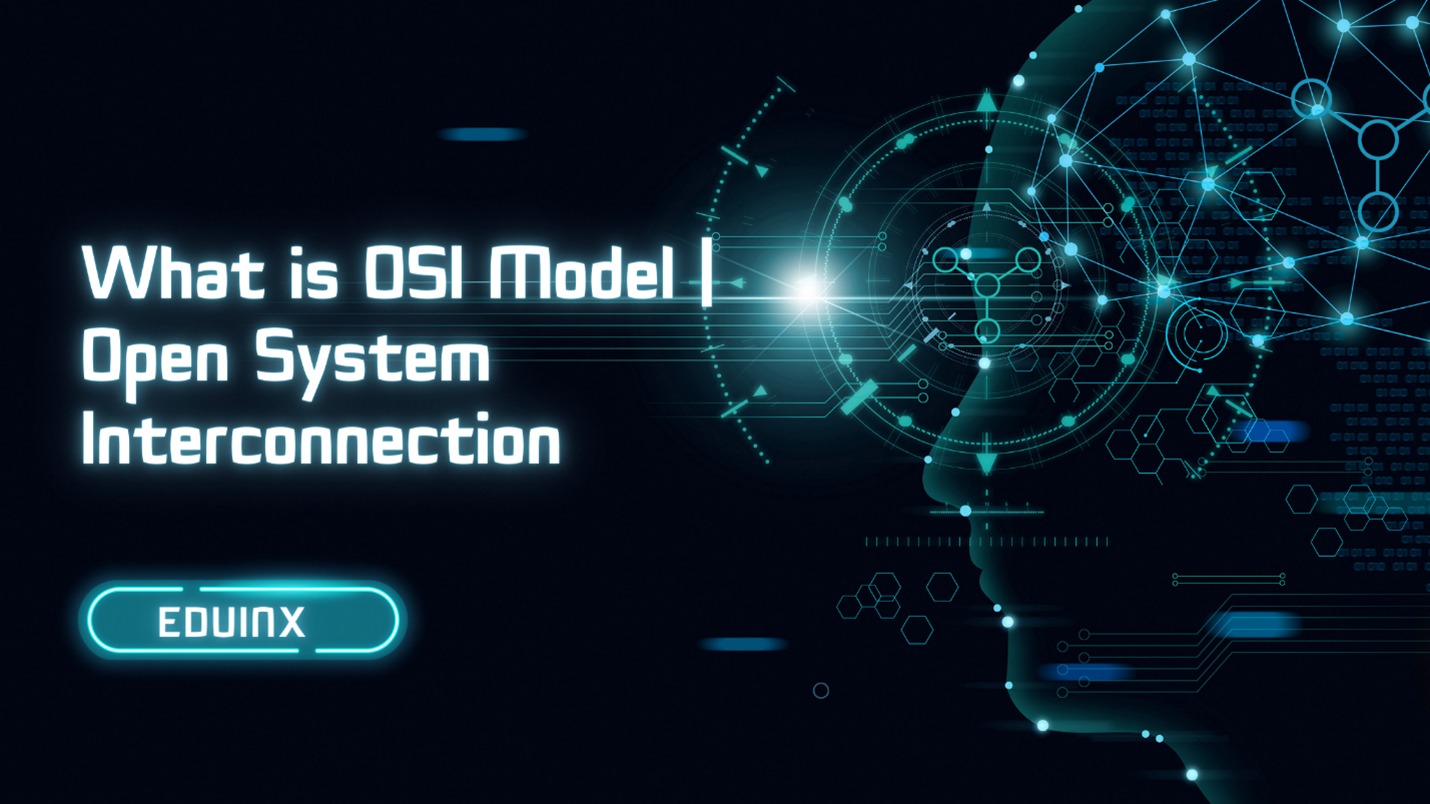The OSI (Open Systems Interconnection) model provides a structured framework for conceptualizing and standardizing communication protocols. This provides a structured approach to conceptualize and standardize the communication process between different devices and systems. The OSI model consists of seven layers, each responsible for specific functions. Let's explore each layer:
Physical Layer:
- This layer deals with the physical transmission of data over the network medium.
- It includes specifications for cables, connectors, and physical characteristics like voltage levels and signal timing.
Data Link Layer:
- Responsible for framing data into frames and ensuring error-free transmission over the physical layer.
- Handles flow control, error detection, and data framing.
Network Layer:
- Focuses on logical addressing, routing, and forwarding of data packets between different networks.
- Key protocols include IP (Internet Protocol), which enables internetwork communication.
Transport Layer:
- Provides end-to-end communication between hosts, ensuring reliable and orderly delivery of data.
- Manages error recovery, flow control, and data segmentation.
Session Layer:
- Establishes, manages, and terminates communication sessions between applications.
- Handles synchronization, dialog control, and session recovery.
Presentation Layer:
- Responsible for data translation, encryption, and compression.
- Ensures that data is presented in a format that applications can understand.
Application Layer:
- Interacts directly with end-users and provides network services to applications.
- Includes protocols such as HTTP, FTP, SMTP, and DNS, enabling user-level communication.
The OSI model provides a layered approach to network communication, where each layer interacts with the layers above and below it. The model allows for interoperability between different network devices and facilitates the development and implementation of network protocols and technologies.
It's important to note that the OSI model is a conceptual framework and does not correspond directly to the architecture of all networking systems. However, it serves as a reference model for understanding and discussing network protocols and their interactions.
